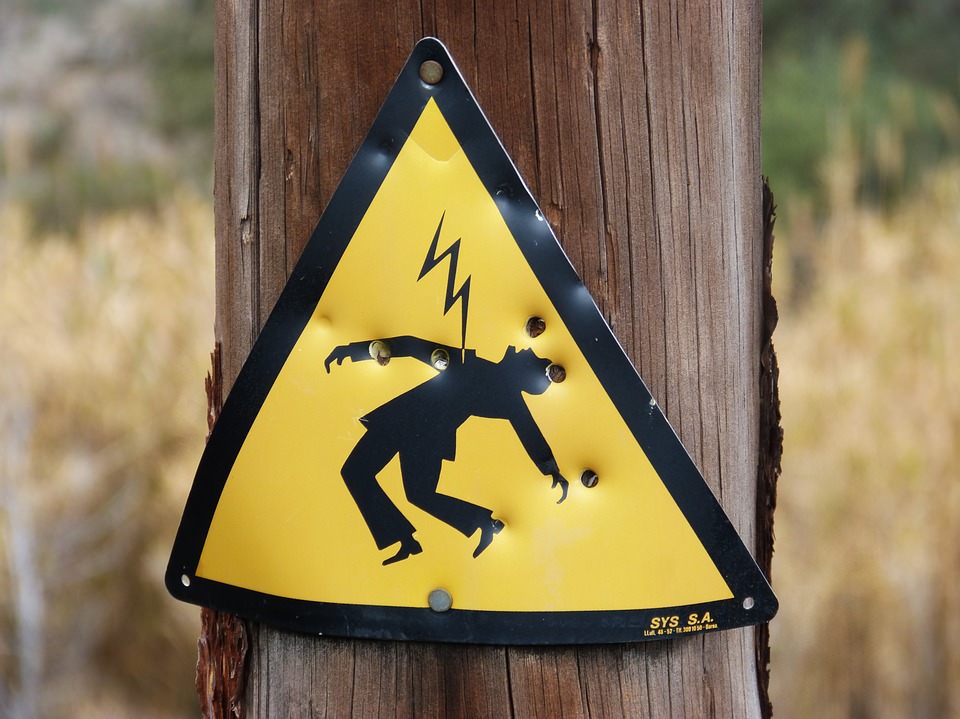Your business absolutely needs emergency lighting – in fact, it’s a legal requirement. The code of practice for emergency lighting (BS 5266 Standards) demands that buildings offer sufficient emergency lighting to provide illumination and, therefore, prevent danger in the event that normal lighting fails. Covering a range of premises including public, recreational, manufacturing and non-residential to name but a few, these standards expect thorough risk assessments and regular maintenance of the emergency lighting system to ensure that it is fully functional at all times. Since the introduction of the Regulatory Reform (Fire Safety) Order 2005, responsibility for the maintenance and compliance of an emergency lighting system has moved from the fire officer to the owner of the property, so it’s vital that you understand what’s required of you when it comes to emergency lighting for your commercial building. Below, London Electricians takes a look at emergency lighting in more detail:
What Is the Function of Emergency Lighting?
Emergency lighting offers a multitude of benefits to premises; first and foremost, it illuminates safe routes out of a building when the main power supply has been cut off and there is a lack of sufficient natural lighting to locate an exit. Imagine the panic of your residents or employees when they are plunged into total darkness; trying to maintain order and keep people reassured in such a stressful situation is almost impossible without adequate emergency lighting. What’s more, if the assistance of the emergency services is required, having emergency lighting will help them to safely do their job.
What Kind of Emergency Lighting Do I Need?
Determining exactly what kind of emergency lighting that is required for your premises really depends on the size of your business and the outcomes of the risk assessment. Some of the different lighting options available include; escape route lighting, identifying a way to escape the building; open area lighting, specifically designed to reduce anxiety and panic; high-risk task area lighting, for areas of high risk; and emergency escape lighting, illuminating escape routes and fire-fighting equipment. It is best to consult with a professional who can recommend the best course of action for your needs, ensuring that you comply with safety regulations and standards and implement the right lighting into each area of the premises.
What Are the Ramifications of Not Having Emergency Lighting?
Failing to comply with government-set regulations can result in a number of adverse consequences that can affect not only you but the people within your premises. By not installing emergency lighting or simply not having the appropriate lighting for your specific circumstances, you could cause untold stress to your occupants following an incompetent evacuation procedure. What’s more, you run the risk of incurring serious injury and even fatality if your occupants cannot locate a safe exit out of the building. If you are found to have inadequate emergency lighting then you can be prosecuted, incur a fine, and even be imprisoned.
Why take the risk? London Electricians are professional electricians who are experts in the installation and maintenance of emergency lighting systems, including sensor lights, outside lamps and fittings, and waterproof socket outlets. To arrange a consultation with a member of our friendly team, why not give us a call on 020 8728 9179 or fill in our online contact form.

